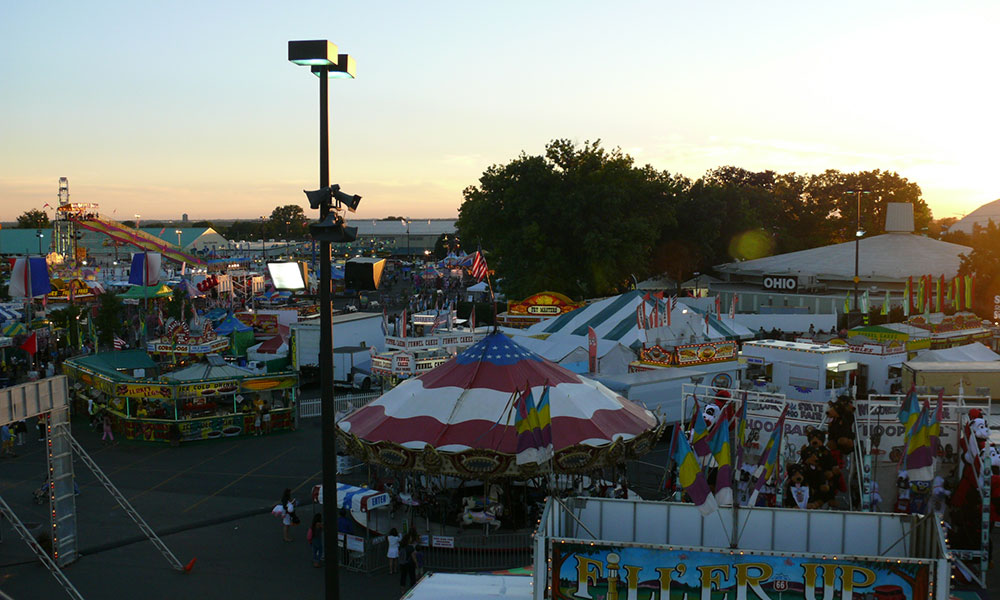
Following State Fair Accident, Amusement Associations Talk Safety
Following a fatal accident on a fair ride in Ohio, amusement industry associations are working with operators, manufacturers, and lawmakers to promote safety.
Last week at the Ohio State Fair, a gondola on a swinging arm of the Fire Ball ride detached, killing one person and injuring seven others. In the wake of the tragedy, associations are reminding the public and the industry of ride safety.
“Safety is the top priority of the amusement park and attractions industry,” said an International Association of Amusement Parks and Attractions statement. “One injury is one too many in our industry. Delivering the highest levels of safety is fundamental to our industry’s existence and is a part of every facet of our operations, including how our members design, manufacture, maintain, inspect, and operate attractions.”
IAAPA—along with the Outdoor Amusement Business Association (OABA), which represents the mobile amusement industry—encourages operators of fixed and mobile rides to follow amusement ride standards set by ASTM International, the European Committee for Standardization, and the International Organization for Standardization. IAAPA informs members of existing standards—which have also been adopted by some government jurisdictions—and any updates through its communication channels (e.g., magazine, e-newsletter, and emails), as well as through education events, including the daylong IAAPA Safety Institute.
In an email, IAAPA Director of Communications Colleen Mangone explained that the Consumer Product Safety Commission has jurisdiction over mobile rides, and that IAAPA works closely with OABA to inform any common members of these regulations.
As the accident investigation continues, OABA explained in a statement [PDF] that it is working closely with other associations—including IAAPA, the International Association of Fairs and Expositions, the AIMS Trade Association, the National Association of Amusement Ride Safety Officials, and the National Independent Concessionaires Association—as well as state leaders and various standards organizations.
The accident has also revived a conversation around the role of government in regulating amusement rides. Both organizations agree that rides are best regulated at the state level, and IAAPA adds that 44 states have laws regulating amusements and the ones that do not have few or no parks.
“IAAPA supports good regulations that would truly enhance the safety of the industry,” Mangone said. “We believe strong state regulation based on the ASTM International Standards is most effective. IAAPA’s director of state advocacy works closely with state legislatures to offer assistance in reviewing and strengthening regulations.”
OABA President and CEO Robert Johnson expressed a similar sentiment to Cincinnati’s WVXU. “We believe that we are better off as an industry with state oversight, with regulations that are designed to protect the public and certainly the industry as well,” he said.
In addition, IAAPA is getting the word out that accidents like the one in Ohio remain rare. According to its research, among the 335 million people who take 1.6 billion rides at U.S. amusement parks annually, the likelihood of an injury requiring an overnight hospital stay is only 1 in 16 million.
“Amusement parks and attractions are part of the fabric of their community. Guests are our neighbors, our friends, our families, and we are motivated by a desire to bring joy to families in the safest way possible,” Mangone said. “… Amusement parks remain one of the safest forms of entertainment available to families around the world.”
A scene at a prior Ohio State Fair. This year's fair was marred by a deadly accident. (marada/Flickr)






Comments